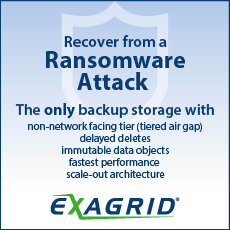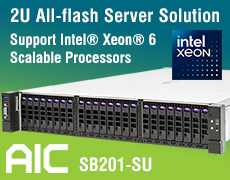DataCore Next-Gen Capabilities in SANsymphony and Swarm Storage
Introducing adaptive data placement, milestone in block storage evolution, and extending object storage to edge through agile containerized deployments
This is a Press Release edited by StorageNewsletter.com on December 12, 2023 at 2:02 pmDuring this year’s IT Press Tour in Madrid, DataCore Software Corp. unveiled several technological advancements scheduled to be released in January 2024 with SANsymphony version 10.0 PSP17 and Swarm version 16.
Preview versions of these SDS offerings are available.
The new capability in SANsymphony block storage software, called ‘Adaptive Data Placement’, builds on over 2 decades of work in storage virtualization. This development addresses critical storage allocation concerns that IT teams have been facing for many years: – 10% of organizational data typically drives 90% of I/O operations; and this 10% is constantly shifting in importance in terms of data access frequency. Keeping the remaining 90% of infrequently accessed data from consuming valuable, high-performance resources poses its own set of challenges. IT admins must often choose between optimizing for performance or capacity, usually at the expense of the other.
Alexander Best, senior director, product management, DataCore, remarked: “SANsymphony’s Adaptive Data Placement solves these conflicting tradeoffs by strategically combining the benefits of automated data tiering with those of inline de-dupe and compression on the same storage volume yielding faster response times for applications accessing their hot data, while shaving costs to store cold data.”
Additionally, the upcoming version of SANsymphony will feature more enhancements, including compressed snapshots and rollbacks which result in better storage economics, and advanced admin settings that simplify and speed up data services management.
“Adaptive Data Placement allows hot data to be stored in regular tier classes, while cold data can be placed in lower tier classes which are capacity-optimized,” says Christian Baldauf, IT consultant, MightyCare Solutions GmbH. “This is an evolution of the tiering concept and takes auto-tiering to the next level. To my knowledge, no one else currently offers a feature like this.”
With regard to its Swarm object storage platform, popular in core data center deployments, the company added a simpler, more flexible, and agile approach with a single-server deployment. This option is designed to meet the requirements of Edge workloads. Swarm has been fully containerized and streamlined onto a single server powered by Kubernetes for compact configurations for Edge and ROBO locations. Swarm’s enterprise-level data services and content management functions effectively satisfy the growing demands of storage and event-driven processing at the Edge.
“This enhancement to Swarm represents a significant leap in our technology’s development,” noted TW Cook, VP, product development, DataCore. “By giving the added option of an agile, single-server deployment, we are not only simplifying the infrastructure but also bringing robust, enterprise-level object storage data services directly to the Edge. Innovations such as these underline our commitment to evolve with the rapidly changing data landscape, ensuring that our customers can store, protect, and process data, regardless of where it is generated.”
Swarm 16 further includes integration with Veritas NetBackup via immutable S3 object locking. This complements similar joint developments with Veeam Software, Inc. and Commvault Systems, Inc. for more robust cyber defense and ransomware resilience.
Comments
The company took the opportunity to brief a group of leading European IT journalists to unveil these major news related to its 2 flagship products: SANsymphony and Swarm.
From what we see on the market, the team has clearly accelerated its business’ footprint beyond block storage thanks to its acquisitions strategy with Caringo and Object Matrix for object storage, MayaData for container and Kubernetes and more recently WIN for embedded AI.
On the finance side, the software company delivers 14 continuous profitable years, really unique in our industry and the company still is private.
Numbers shows at the same time a very stable installed base with additions of many new customers as well, very loyal channel ecosystem, who receive very simply products to the portfolio to operate a cross/up-sell model. Guess what, without a real need to acquire new logos, the sales team focuses on selling new products to their 10,000+ installations base. And it works. The southern Europe region, led by Pierre Aguerreberry, signed 201 new customers in the last quarter so more than 16 a week, 3 per day. The new firm's sales machine is different from the one we used to see many years ago.
Edge also has confirmed a real business trend to address with more data to store and process at that level confirming Kubernetes and Swarm and more globally small agile configurations globally managed, controlled, orchestrated and federated.
For SANsymphony, the announcement of the v10 PSP17 is essentially related to VMware integration confirming increased adoption in this area, Adaptive Data Placement (ADP), NVMe-oF support with TCP and FC transport, compressed snapshots and rollbacks and addition of AIops.
ADP is really new and groups several key elements and properties. It works in real-time and activates auto-tiering with inline de-dupe and compression all in one within a storage pool. And we understand that it has become a must today with the growth of data volumes, the new capacity of HDDs, the adoption of SSD and their growing size also and network connectivity as well. The importance to store the right data at the right location - on the right media/pool/volume - for the right nature and access of it became paramount. So the collection of access frequencies is key here and not only last access to build the temperature map.
On the Swarm side, the team has iterated the product with a new single server mode in bare metal. In fact Caringo had announced single server in 2018. Today we speak about single server mode containerized with Kubernetes. This development invites us to bring on the table the discussion about Swarm cluster, with multiple machines in each and potentially multiple clusters, and Kubernetes cluster of single Swarm instance, of course here again, multiple Kub. cluster could exist as well. These 2 approaches are really different.
Object services will be added as well plus S3 object lock continues to receive certification and validation, this time with Veritas NetBackup.
Filefly has been also updated to offer faster response and support more platforms. This Swarm option came from the partnership with Australian company Moonwalk.
The company becomes very horizontal in term of storage IT needs covering block and object with some file options, including Kubernetes world, but still lacks to offer a strong file storage solution. They tried in the past with vFilO based on Hammerspace but the solution appeared to be very good on NFS and less efficient on SMB. DataCore has to watch probably around Windows file storage experts such as past colleagues, Peter Thompson and George Dochev, who started LucidLink, or other references like Tiger Technology, Data Dynamics or Tuxera. The latter has developed probably today the best SMB stack chosen by IBM, WEKA, StorONE, Croit and others supporting RDMA with SMB Direct.
Coldago Research has published on November 2023 the Map 2023 for Object Storage and DataCore has been elected a leader in the category.






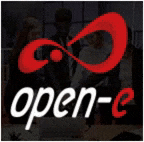



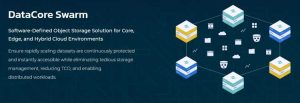
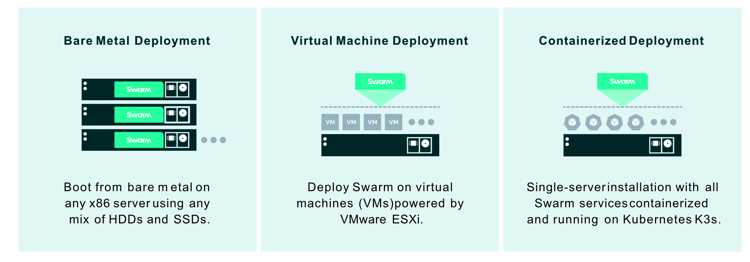
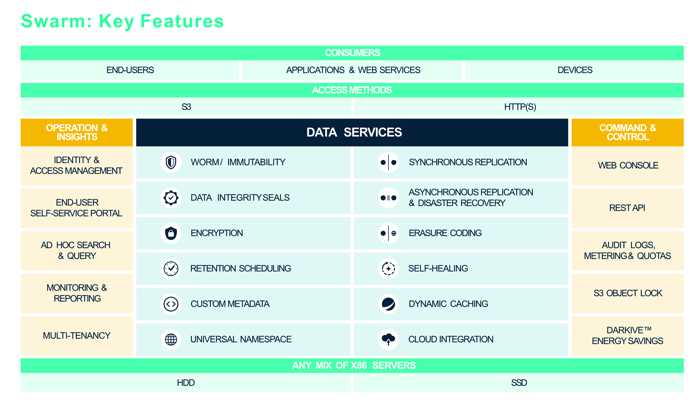








 Subscribe to our free daily newsletter
Subscribe to our free daily newsletter
